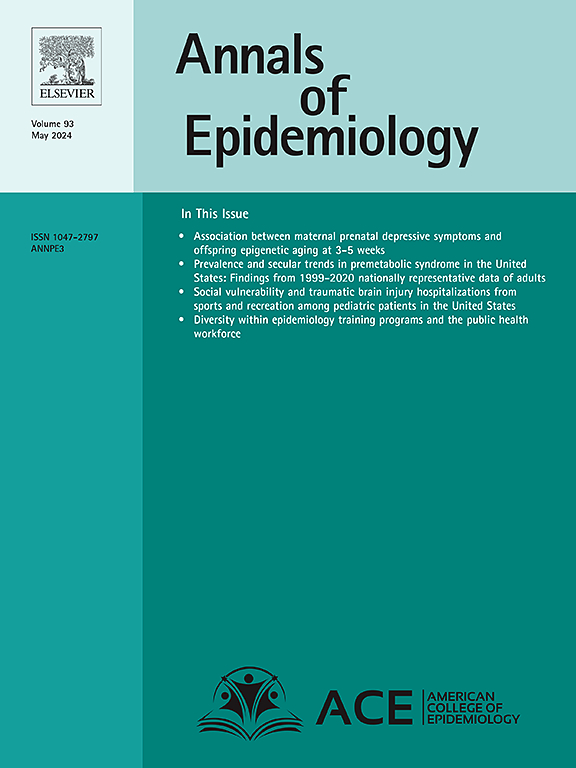对严重急性呼吸道感染进行强有力的实时监测:探索现有国家重症监护病房登记的潜力
IF 3
3区 医学
Q1 PUBLIC, ENVIRONMENTAL & OCCUPATIONAL HEALTH
引用次数: 0
摘要
虽然许多国家缺乏严重急性呼吸道感染(SARI)监测,但建立这样的系统对于大流行的防范至关重要。调整为其他目的而设计的现有注册表可能是可行的。我们调查了荷兰国家重症监护评估(NICE)登记处的潜力,该登记处最初设计用于监测重症监护病房(ICU)的护理质量,通过确定数据的及时性来进行近实时的SARI监测。研究设计:对2012-2019年ICU住院患者进行回顾性描述性研究。方法测定SARI入院与资料上传之间的滞后时间。在不同的滞后时间检查SARI病例,SARI相对于所有住院患者的比例,以及SARI患者死亡率,并与完整的数据进行比较。结果每隔一段时间上传一次数据。完全和不完全ICU病例的Spearman相关系数在滞后时间2 ~ 6周间增加最多,随滞后时间延长而进一步增加。两周内上传的数据波动,13 %的周内没有上传数据。结论目前的上传延迟使得NICE注册表不适合近实时的SARI监测。投资于及时的、最好是自动化的数据交换机制可以增强现有的注册表目的。这也可能使其他国家受益。本文章由计算机程序翻译,如有差异,请以英文原文为准。
Towards robust real-time surveillance of severe acute respiratory infections: Exploring the potential of an existing national intensive care unit registry
Objectives
Although many countries lack Severe Acute Respiratory Infections (SARI) surveillance, establishing such systems is crucial for pandemic preparedness. Adjusting existing registries designed for other purposes may be viable. We investigated the potential of the Dutch National Intensive Care Evaluation (NICE) registry, originally designed to monitor intensive care unit (ICU) care quality, for near real-time SARI surveillance by determining data timeliness.
Study design
A descriptive study was performed with retrospective ICU admissions (2012–2019).
Methods
The lag time between SARI admissions and their data upload was determined. Incident SARI cases, SARI proportion relative to all medical admissions, and SARI patient mortality were examined at various lag times and compared to the complete data.
Results
ICUs uploaded data at varying intervals. The Spearman correlation coefficient between the complete and incomplete ICU incident cases increased the most between 2 and 6 weeks of lag time and increased further with longer lag time. Data uploaded within two weeks fluctuated, with no uploaded data in 13 % of the weeks.
Conclusion
The current uploading delays render the NICE registry unsuitable for near real-time SARI surveillance. Investing in timely and preferably automated data exchange mechanisms can enhance existing registry purposes. This may benefit other countries as well.
求助全文
通过发布文献求助,成功后即可免费获取论文全文。
去求助
来源期刊

Annals of Epidemiology
医学-公共卫生、环境卫生与职业卫生
CiteScore
7.40
自引率
1.80%
发文量
207
审稿时长
59 days
期刊介绍:
The journal emphasizes the application of epidemiologic methods to issues that affect the distribution and determinants of human illness in diverse contexts. Its primary focus is on chronic and acute conditions of diverse etiologies and of major importance to clinical medicine, public health, and health care delivery.
 求助内容:
求助内容: 应助结果提醒方式:
应助结果提醒方式:


